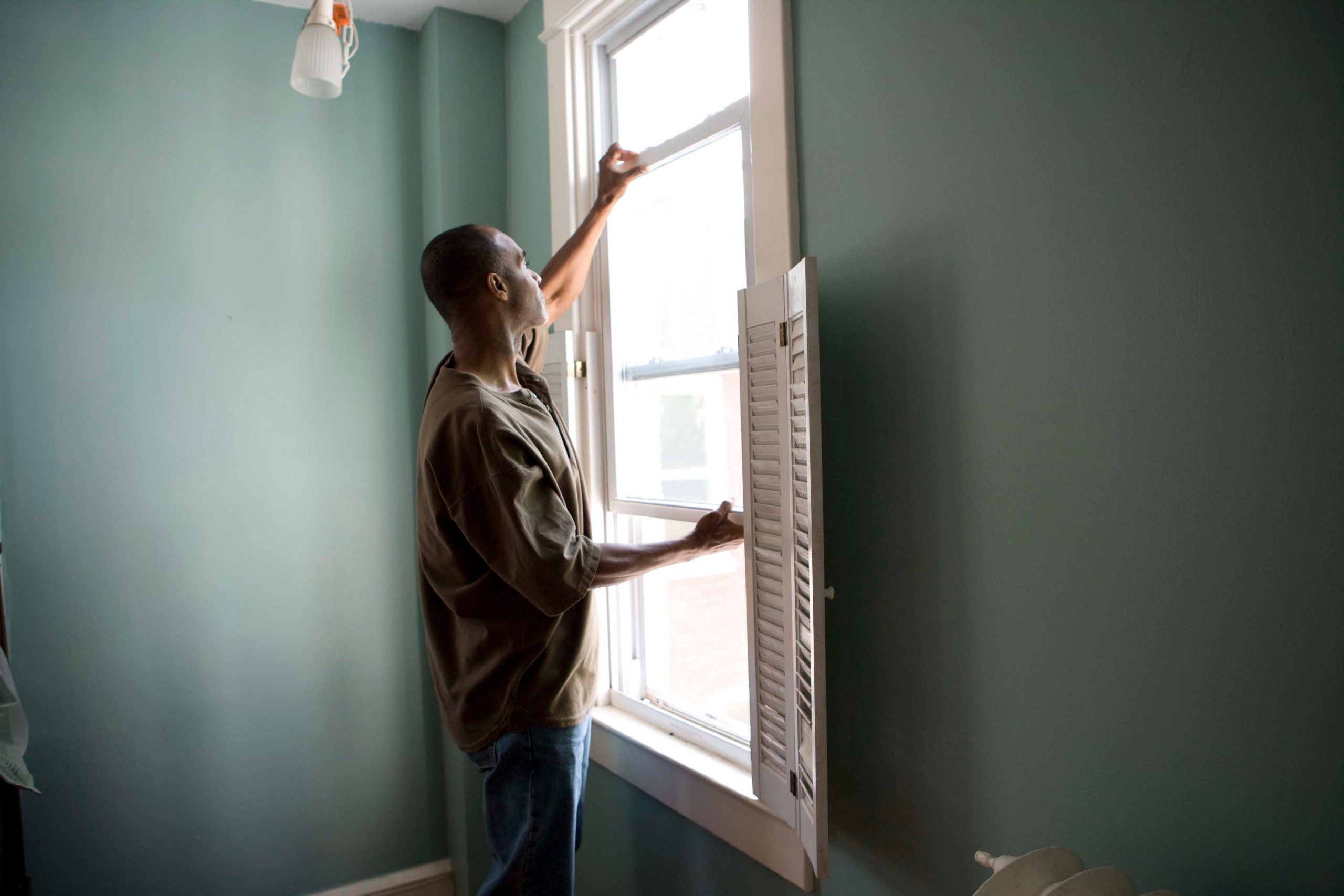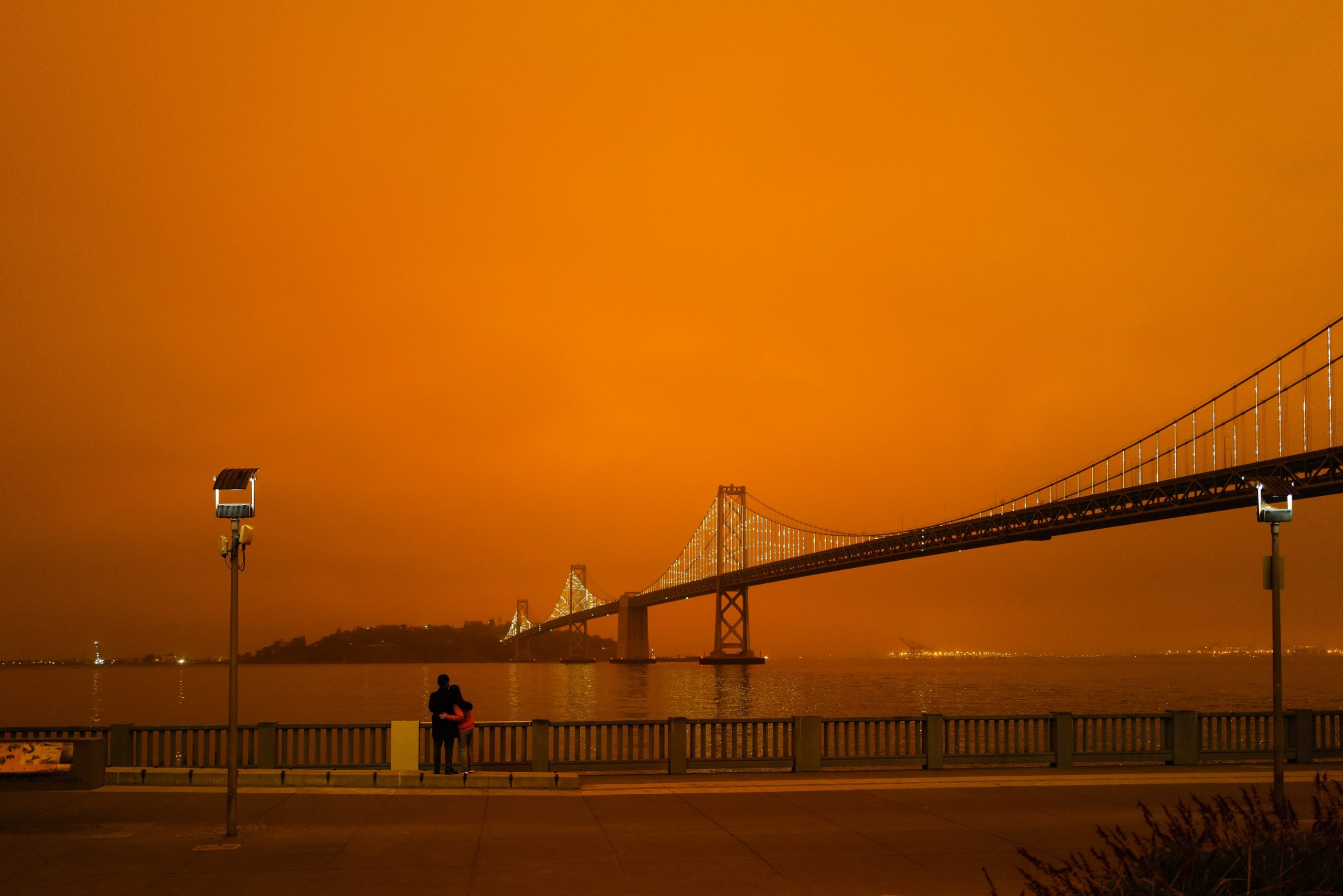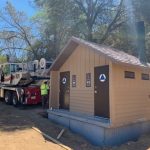
Photo by CDC on Unsplash
Summer and fall often bring poor air quality—and Spare the Air Days—adding to the problems of Bay Area residents already struggling with respiratory illnesses. Some live in areas with local pollution sources, and lack money to move or take other steps to improve their living situation. In recent years, smoke has frequently blanketed the region, prompting additional advisories.
New regulations to address local pollution take time to make a difference, and they don’t help with wildfire smoke. Geraldina Grunbaum, an air quality specialist with the Bay Area Air Quality Management District, said that the agency has been listening carefully as it has increased its community-focused programs over the past fifteen years, and is now working on solutions at the community and even household level.
Portable air filtration units are a way for the Air District to address localized air quality needs. Recently, it provided units to a temporary installation of trailers for unsheltered San Francisco residents. These are located on land that would not have been used for residential units except in the pandemic emergency, due to dust from a neighboring cement plant. The agency donated filters and has also been looking at whether dust from the plant should be reduced.
The agency has also developed the Clean Air Filtration Program to address the impacts from wildfire smoke on public health and air quality, a growing issue with the increase in occurrence, intensity and duration of wildfires. Elements of this program include the Air District’s on-going partnership with the Red Cross to provide large portable filters for emergency shelters. The Air District is also actively partnering with county emergency services departments to provide similar filtration units. Lastly, AB 836 (Wicks) provided increased funding for the same type of filters, as well as for the retrofit of HVAC systems, for cooling centers and for shelters during smoke events or evacuations.

Last year’s all-day twilight caused by wildfire smoke. Photo by Thom Milkovic on Unsplash
In early August the Air District announced a regional partnership with Regional Asthma Management and Prevention to distribute 2000 free portable home air filters to patients with severe asthma over the next two years in six counties. The patients are identified through health departments and nonprofits participating in the state-funded Asthma Mitigation Program, which provides home health visits to MediCal patients after a patient has made frequent emergency room visits for asthma. At the press conference, Dr. Noha Aboelata said that her staff at the Roots Community Health Center were already working to match East Oakland patients with units on an individual basis by room size and need.
After careful evaluation, the Air District selected four home filter units which have HEPA filtration, don’t generate ozone, and are Energy-Star certified to keep utility costs low. Price breaks were important, as the agency wanted to stretch the grant to cover as many patients as possible. Grunbaum commented, “The filters dovetail with other work with the patients, and help to stretch the other funds available to help with their treatment.”
To be sure that units are used properly, instructions on using and maintaining them are available in Chinese, Spanish, Vietnamese, Tagalog and Arabic. The ongoing contact between patients and medical staff will make it possible to monitor the long-term effectiveness of these units in helping to mitigate asthma for patients and possibly additional household members, who may also have medical needs.
A few weeks ago, the Air District announced that it is looking to develop new programs to ensure that units are made available to cover the remaining Bay Area counties. By signing up at [email protected], residents will be notified once these programs launch.
Residents can check the Air District site at www.baaqmd.gov/wildfiresafety for information on the recommended units and a video on setting up a “clean air room” in their homes.
Further Reading:
Cleaner Air, Fewer Health Hazards from Bay Area Refineries – KneeDeep Times

